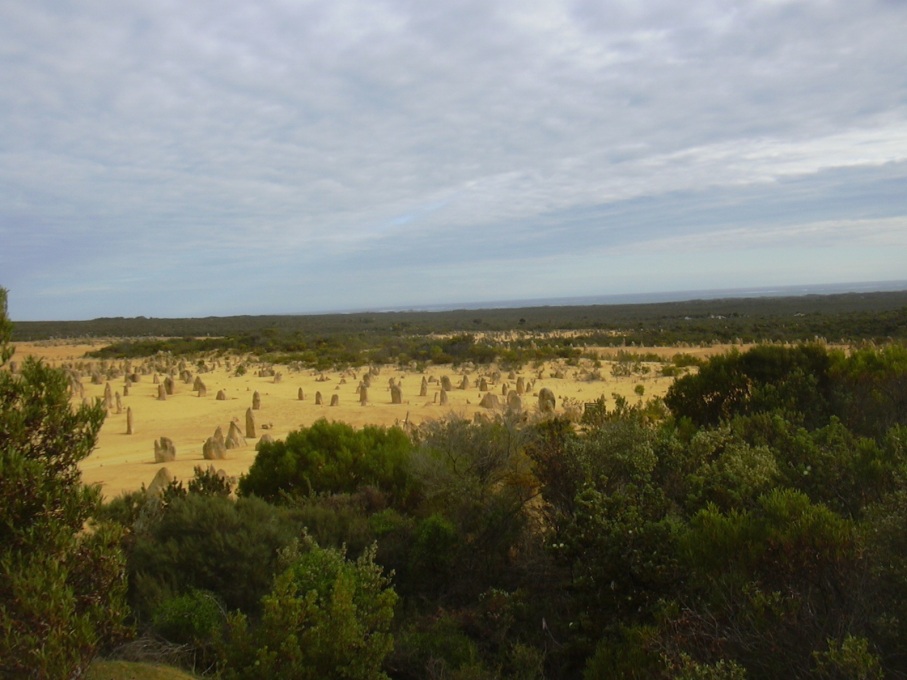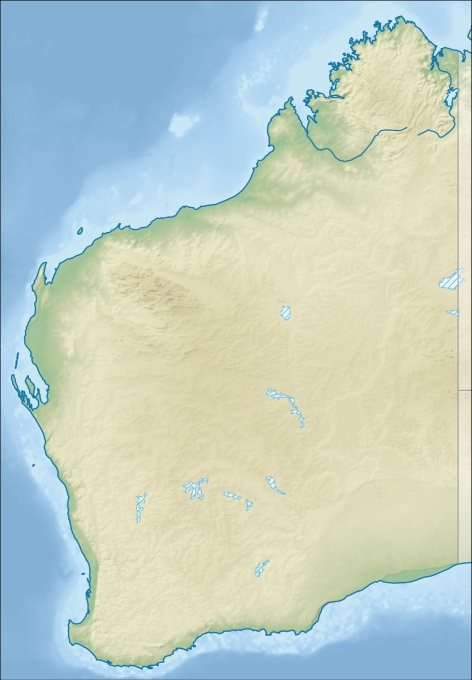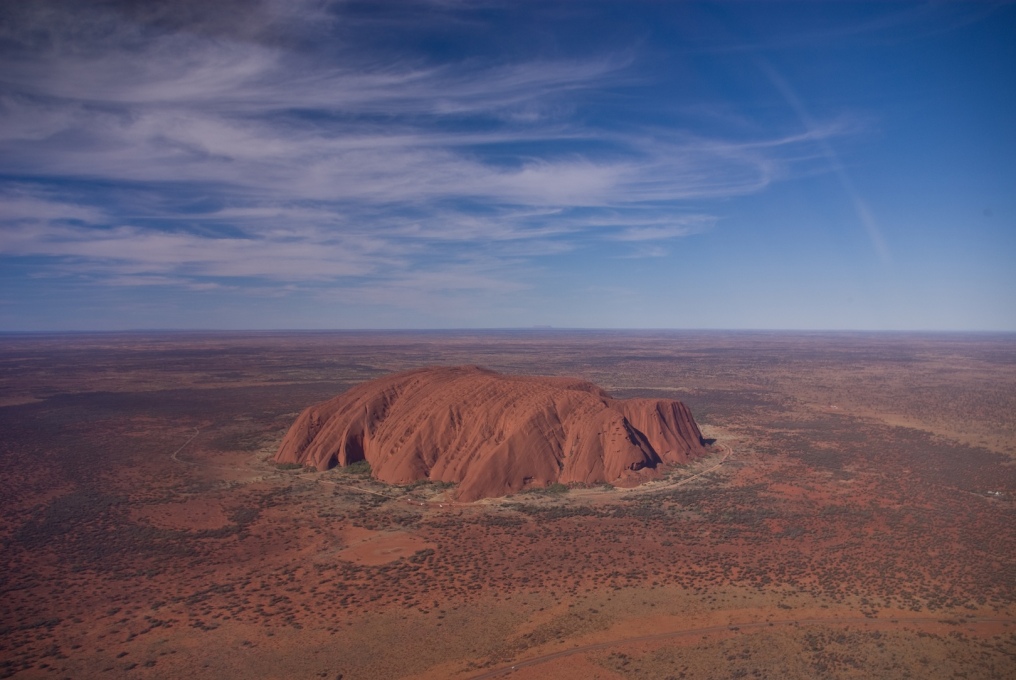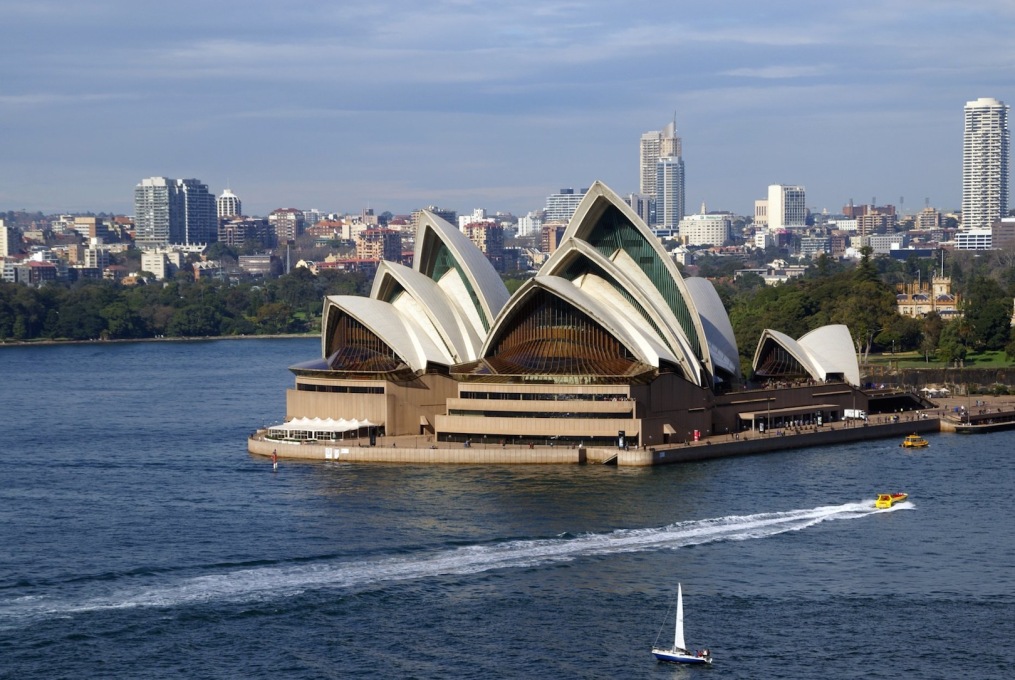What is heritage? How do you go about preserving a place whose constructed elements are not bricks, concrete or steel, but a rich and intricate ancient fabric of dreams and stories? The Burra Charter, drawn up in 1979, has made Australia a leading and influential voice in the field of cultural preservation. Luise Rellensmann reevaluates this significant document, which has helped shift the idea of conservation from the material to the wider cultural significance of site or place by recognising the very different nature of what is considered “heritage” by Indigenous Australians as opposed to that of the West.
Crooked trees, rough rocks and waterholes are commonly places of worship in Aboriginal culture – in ways that are often incomprehensible to others, including their non-Indigenous fellow Australians. What might appear just a vast landscape to Western experts in archaeology, architecture or art history could be in fact a “labyrinth of invisible pathways”, as Bruce Chatwin describes in his book Songlines from 1987. Sydney Opera House and Uluru (or Ayers Rock), two Australian icons, could be seen to symbolise concepts of heritage constructed in completely different ways by two different cultures: the non-Indigenous and the Indigenous. With The Burra Charter, named after the historic mining town Burra in Southern Australia and adopted by Australia ICOMOS (International Council on Monuments and Sites) in 1979, preservationists in the country acknowledged these different approaches much earlier than elsewhere, and since then have differentiated the heritages of the country's people/cultures in conservation practice.
The Burra Charter was based initially on The Venice Charter from 1964 – one of the most influential texts in twentieth century preservation, and still widely used especially in Europe, which focussed on safeguarding cultural heritage mainly through the exact “authentic” preservation of built form and substance. However, in Australian indigenous culture, places are considered important because of the creational stories they embody, rooted in the so-called “dreaming” which is a set of beliefs that a group lives by. Against this context, the rigid principles of The Venice Charter, focused on the material authenticity of built heritage, could be seen to have limitations.
Australian preservation officials were confronted with questions of how to preserve the heritage of a culture that is still “lived” but without manifesting itself through built form. The essence and difference compared to the Venice document is that The Burra Charter puts the notion of “cultural significance” at the centre of preservation practice. Thus, it brings a more open approach to a field that often talks about monuments, or Denkmäler in German, terms that automatically evoke images of pedestals and palaces as well as of a genius creator and their work. It is an idea that disregards the possibility that objects or places do not come into existence as monuments, but become monuments through human perception, by what people attribute to them.
“There was no sense of either wanton criticism or antipodean distaste for The Venice Charter in doing this work”, says Sheridan Burke, partner at GML Heritage (Sydney) and former vice president of ICOMOS, “rather the simple need to respectfully translate its principles into a practical and useful document that would be specifically applicable to Australian places and cultural conditions”.
According to The Burra Charter, preservation aims at retaining the cultural significance of a place not limited to its aesthetic and historic values alone but embracing social and spiritual values as well. “Place” in this case means a geographically defined area, which may include elements, objects, spaces and views having tangible and intangible dimensions. “Cultural significance is embodied in the place itself, its fabric, setting, use, associations, meanings, records, related places and related objects”. (Article 1.2, The Burra Charter). Culture is a social construct in the case of Australia’s indigenous people extolled and sang about in “dreaming” tracks. Thus The Burra Charter puts the people and their perception at the centre, asking for whom do we need to preserve what? Its emphasis is on understanding places first and then developing ways to manage them and their changes into the future. As is often misunderstood in the Western approach to conservation, it is not about keeping a place in a particular state, and preservation is seen as a process that needs to be negotiate afresh again and again. In the same way The Burra Charter has itself been revised many times since coming into being in 1979, the last time in 2013.
The guidelines of the Charter have become increasingly influential over the years and have been applied outside Australia in parts of Africa, India, Vietnam and China amongst other places. However they’ve not been so much recognised or applied in the European context. Certainly looking at Germany, one reason for this might be the guidelines’ emphasis on involvement of the public: an approach that would challenge the authority of the Federal Preservation Office in the definition and interpretation of what heritage actually is.
The Burra Charter and can be viewed and downloaded here.
– Luise Rellensmann is an editor at Baunetz and assistant professor/research assistant at the department for architectural conservation at BTU Cottbus









